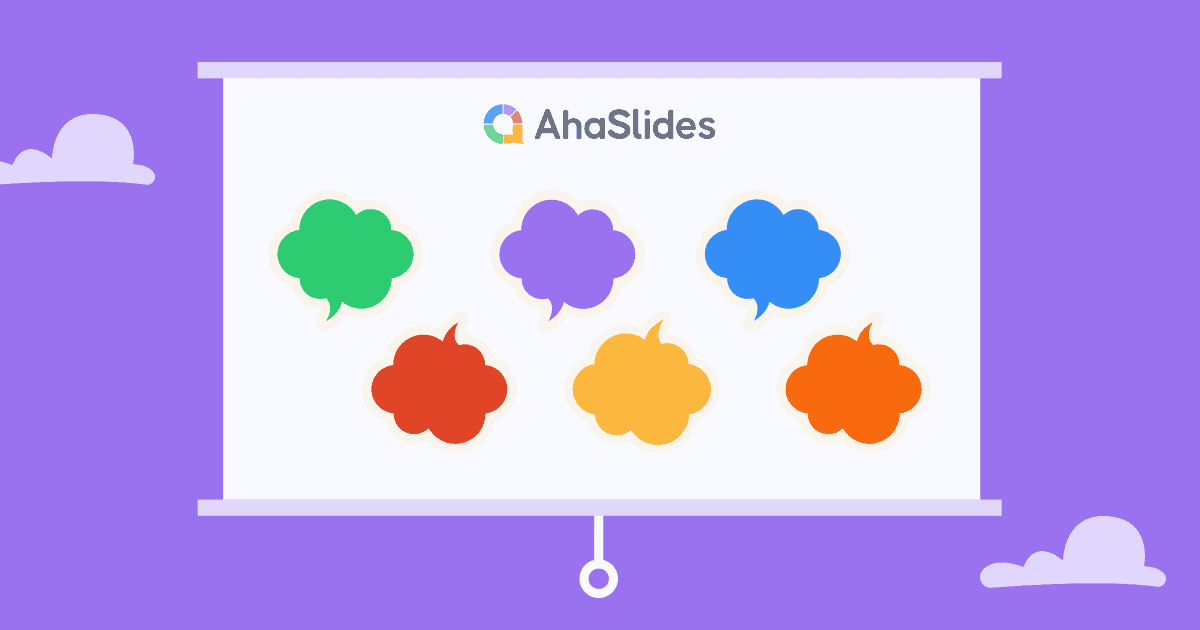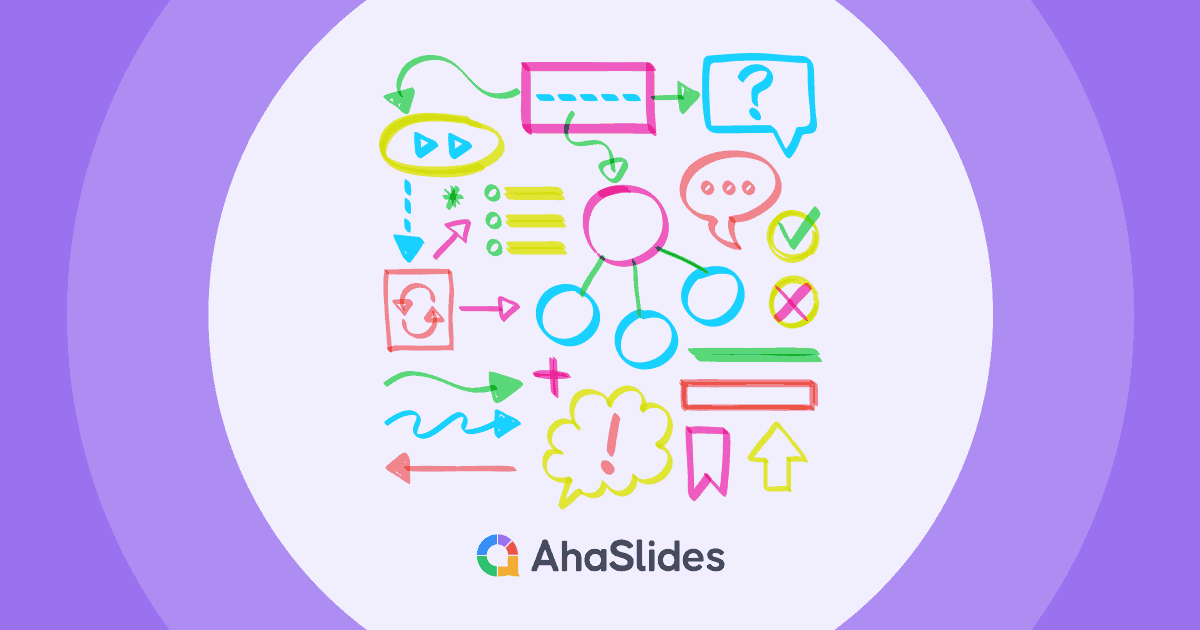如果你曾在大型政府組織或公司工作過,你可能熟悉 官僚領導 風格。雖然有時會令人沮喪,但這種領導風格能夠持續這麼久是有原因的。
在這篇文章中,我們將探討官僚領導的本質,以及它是否適合你的團隊。
AhaSlides 的更多提示
| 誰是官僚領導的最佳典範? | 史蒂夫·伊斯特布魯克:麥當勞前首席執行官 |
| 誰發明了官僚領導? | 馬克斯·韋伯 |
| 官僚機構的主要好處? | 在組織中創建訂單 |
什麼是官僚領導?
官僚領導是一種透過遵循既定的規則和程序來維持秩序和一致性的領導風格。 將其視為蛋糕食譜:您必須按照步驟操作才能達到預期的效果。 官僚領導人注重確保每個人都按照相同的指導方針行事,因此不會出現錯誤或偏離計劃的情況。

在政府機構、大型企業和其他注重結構和控制的正式機構中,你經常會發現官僚領導的身影。官僚領導被視為重視穩定性和連續性的傳統主義者,因此他們並不總是創新或創意環境的最佳人選。
雖然聽起來有點僵化,但這種領導力可以有效地維持大型組織的一致性和秩序。 在許多情況下,官僚領導力有助於在結構和靈活性之間找到適當的平衡,從而為您的團隊或組織取得最佳結果。
官僚領導的 6 個特徵是什麼?
以下是您需要了解的官僚領導的 6 個特徵:
1/ 規則和程序必不可少
官僚型領導者強調遵守既定規則和程序的重要性,認為它們對於保持組織內部的一致性和穩定性是必要的。
他們相信,通過遵守嚴格的指導方針和標準,員工可以更成功、更高效地履行職責,而不會產生混淆或誤解。
2/ 層級和明確的權限
官僚領導需要一個具有明確權力界限的正式框架,這意味著組織中有一個明確定義的層次結構。 層次結構的每一層都有特定的責任和義務,員工在做出決定或尋求指導時只需要遵循指揮鏈。
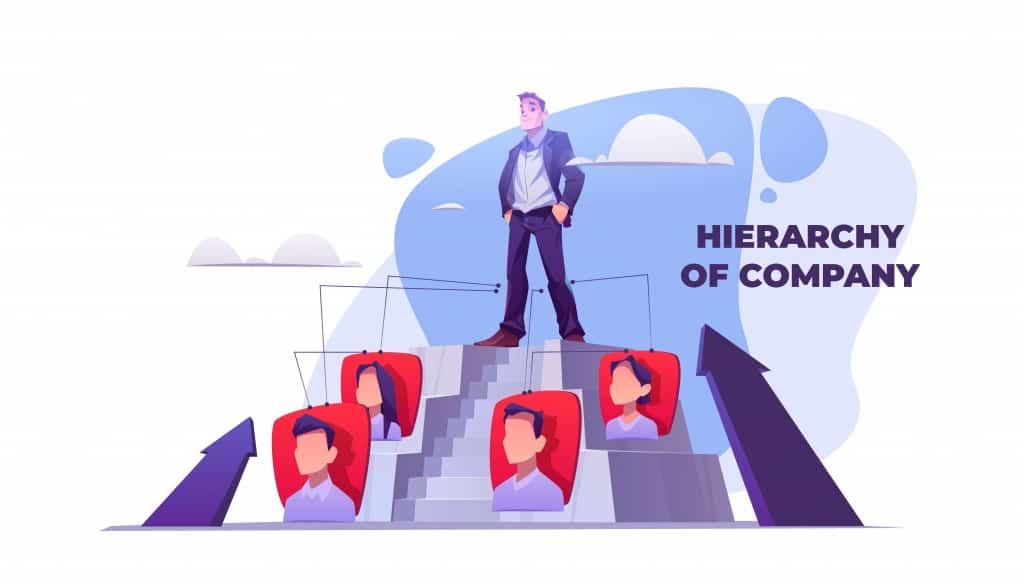
這種層級結構和清晰的權力界限是官僚領導特徵的重要組成部分,在某些情況下可能非常有用,因為它明確了誰負責哪些任務和決策。它有助於防止混亂和衝突,並確保根據每個人的專業知識和職責合理地分配任務。
3/專業很重要
官僚領導風格重視專業化,組織中的每個人都有特定的角色和專業領域。 這意味著員工應該專注於他們的特定責任領域並成為該領域的專家,而不是嘗試執行可能超出其核心能力的多項任務。
通過允許個人專注於他們的特定專業領域,組織可以從他們獨特的技能和知識中受益。
此外,擁有專門的角色有助於確保每項任務都以最高質量水平執行,因為員工可以將全部注意力和資源投入到他們的職責範圍內。
4/ 非個人關係
官僚領導者可能與下屬關係冷淡,注重表現和遵守規則,而不是個人關係。 這意味著領導與下屬的關係更加正式和事務性,很少強調建立人際關係或情感紐帶。
非個人關係確保決策和評估是基於客觀標準而不是個人偏見或關係。
此外,在個人和職業關係之間建立明確的界限有助於避免利益衝突,並確保選擇符合企業的最佳利益。
5/優先考慮效率和生產力
官僚領導優先考慮效率和生產力。 通過關注效率,官僚領導旨在優化資源、減少浪費並提高組織的生產力。
它保證所有的決定都是明智的,任務的完成是及時有效的。
6/ 抗拒變革
官僚領導人可能會抵制變革和創新,因為他們更喜歡一致性和可預測性,而不是實驗和冒險。 他們可能更注重保持現狀,而不是嘗試新想法或適應不斷變化的環境。
官僚領導有助於組織維持穩定和可預測的環境,並防止可能產生負面後果的魯莽決策或倉促變革。
此外,制定明確的程序和協議有助於確保以有組織的方式實施變更,從而減少錯誤。

官僚領導的優點和缺點是什麼?
官僚領導模式有利有弊。領導者必須根據自身情況權衡官僚領導模式的利弊,並採用最符合組織需求的領導風格。
官僚領導的優勢
- 它確保組織內部的穩定性和一致性。 這在可靠性和可預測性很重要的領域是必不可少的,例如製造業或金融業。
- 它簡化了流程並防止混淆,尤其是在員工眾多且流程複雜的大型組織中。
- 它確保每個員工的任務都能有效率地完成,並能提高生產力。
- 它有助於在沒有偏見的情況下做出客觀的決定。
官僚領導的缺點
- 官僚領導風格會使組織難以適應新實踐或利用新機會。
- 應對超出既定規則和程序的惡意或複雜問題非常困難。
- 員工缺乏動力和工作滿意度,因為他們沒有與領導者建立密切的關係。
- 官僚領導可能會扼殺創造力和創新,因為試驗或冒險的空間可能很小。
官僚領導的例子
雖然官僚領導通常不會與具有堅強個性和魅力的著名領導人聯繫在一起,但仍然有一些傑出人物表現出這種領導品質。 以下是官僚領導者的一些例子:
1/德懷特·D·艾森豪威爾
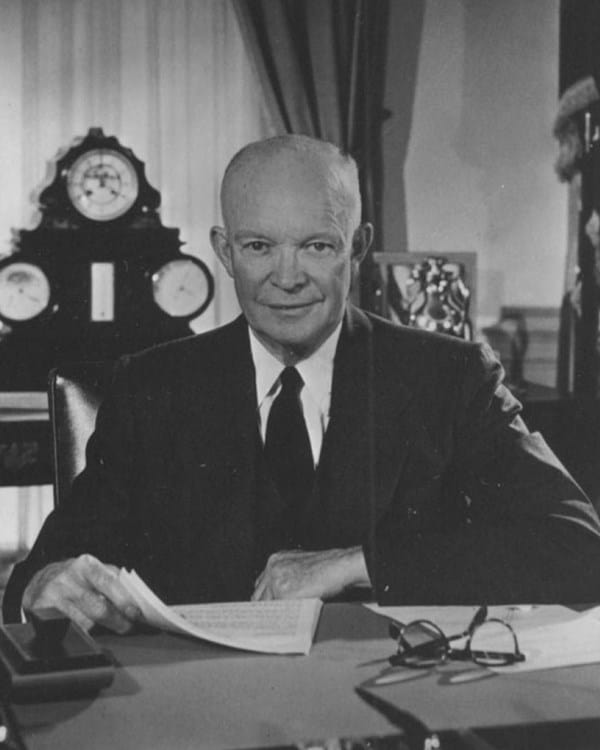
艾森豪威爾是美國陸軍五星上將,後來成為美國第34任總統。作為軍事領袖,他以嚴格遵守規則和程序而聞名,這幫助他在第二次世界大戰期間率領軍隊取得了勝利。
2/ 羅伯特·麥克納馬拉
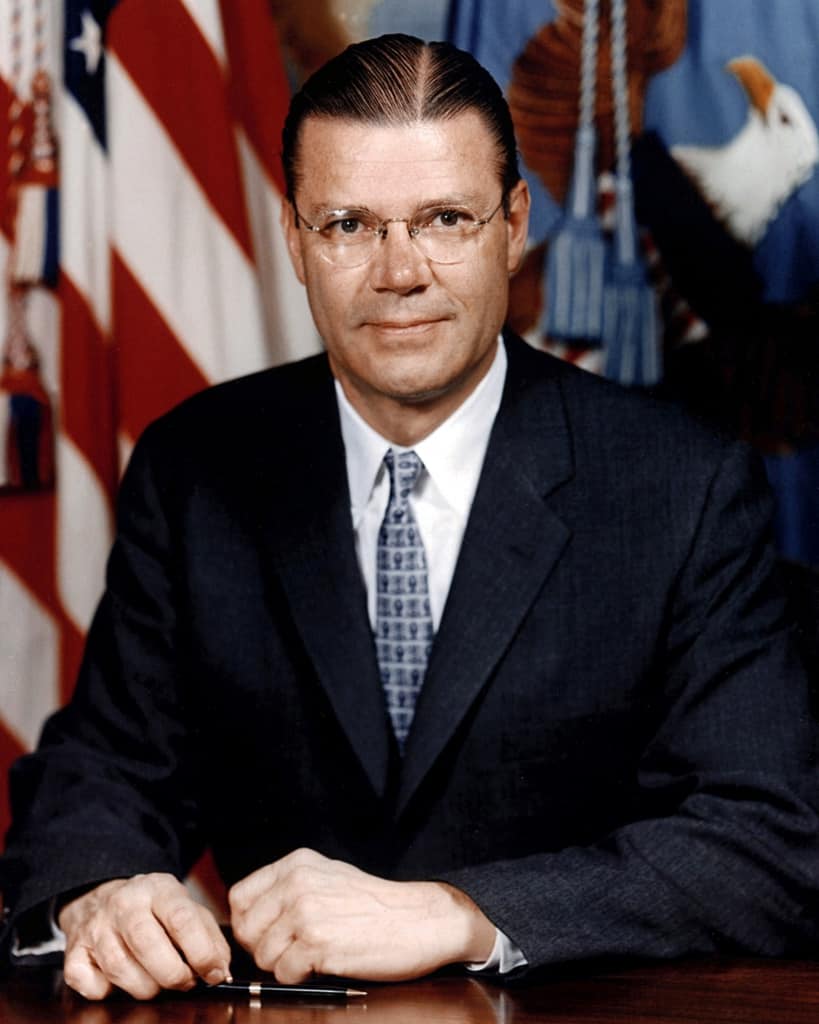
麥克納馬拉曾擔任肯尼迪和約翰遜總統的國防部長。 他以分析和數據驅動的決策方法而聞名,這種方法強調效率和有效性。
3/ 亨利·法約爾
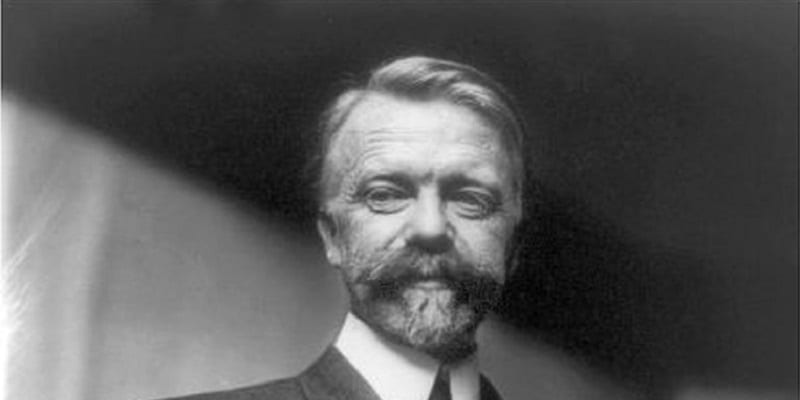
法約爾是一位法國實業家和管理理論家,以其在官僚管理方面的工作而聞名。 他強調了清晰的權限、專業化和正式程序對於實現組織效率和有效性的重要性。
4/麥當勞
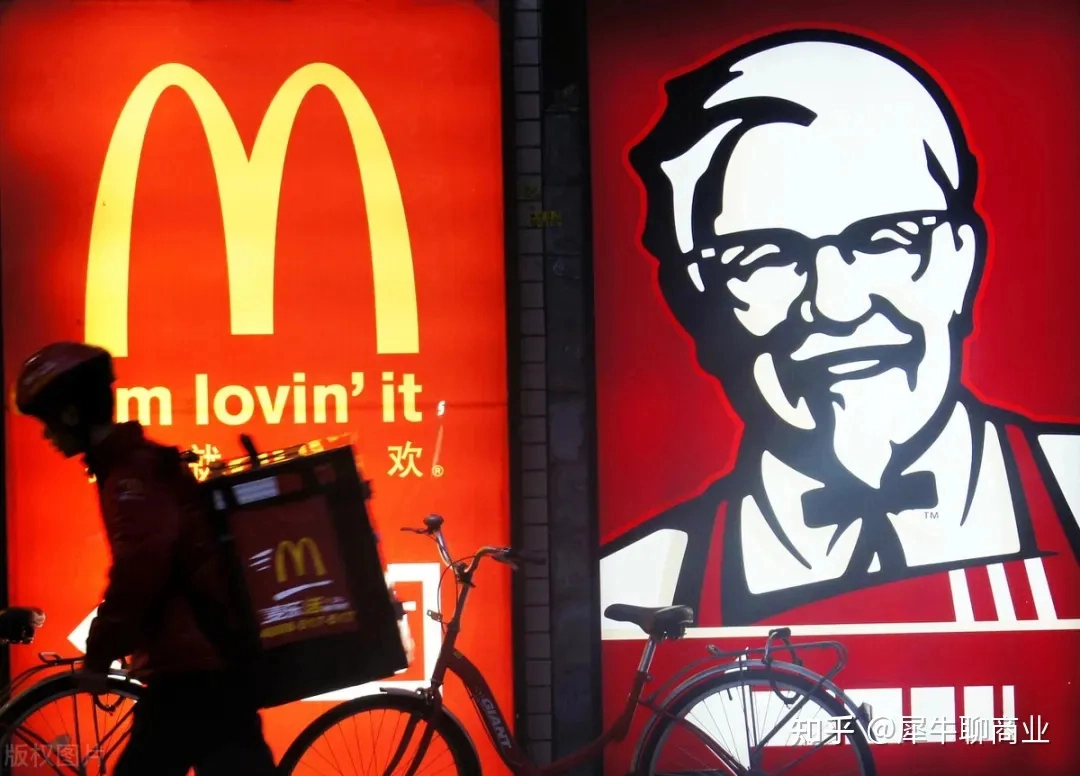
速食連鎖店麥當勞經常被認為是典型的官僚組織。該公司的組織層級結構嚴謹,權力界線分明,分工明確。
例如,員工接受培訓以執行特定任務,例如接受訂單或烹飪食物。 他們應遵守嚴格的規則和程序,以確保一致性和效率。
關鍵要點
官僚領導可能是一把雙面刃,它提供了結構、一致性和效率,但可能會抑制創新和適應性。 它可能非常適合某些行業,例如醫療保健或金融,這些行業嚴格遵守規則和法規至關重要。 然而,在需要快速決策和靈活性的動態和快節奏環境中,官僚領導風格可能並不理想。
領導者必須意識到其優缺點,並在適當的環境下適當地運用它。透過了解官僚領導的特點,領導者可以更好地確定何時以及如何有效地運用它。
因此,無論您是經理還是員工,請記住任何領導方式的潛在好處和缺點以及它可能如何影響您的工作場所。
別忘了 啊哈幻燈片 提供平台和 模板庫 讓您與您的團隊互動並收集有價值的反饋,以幫助建立一個健康高效的工作場所。
常見問題(FAQ)
有問題嗎?我們有答案。





